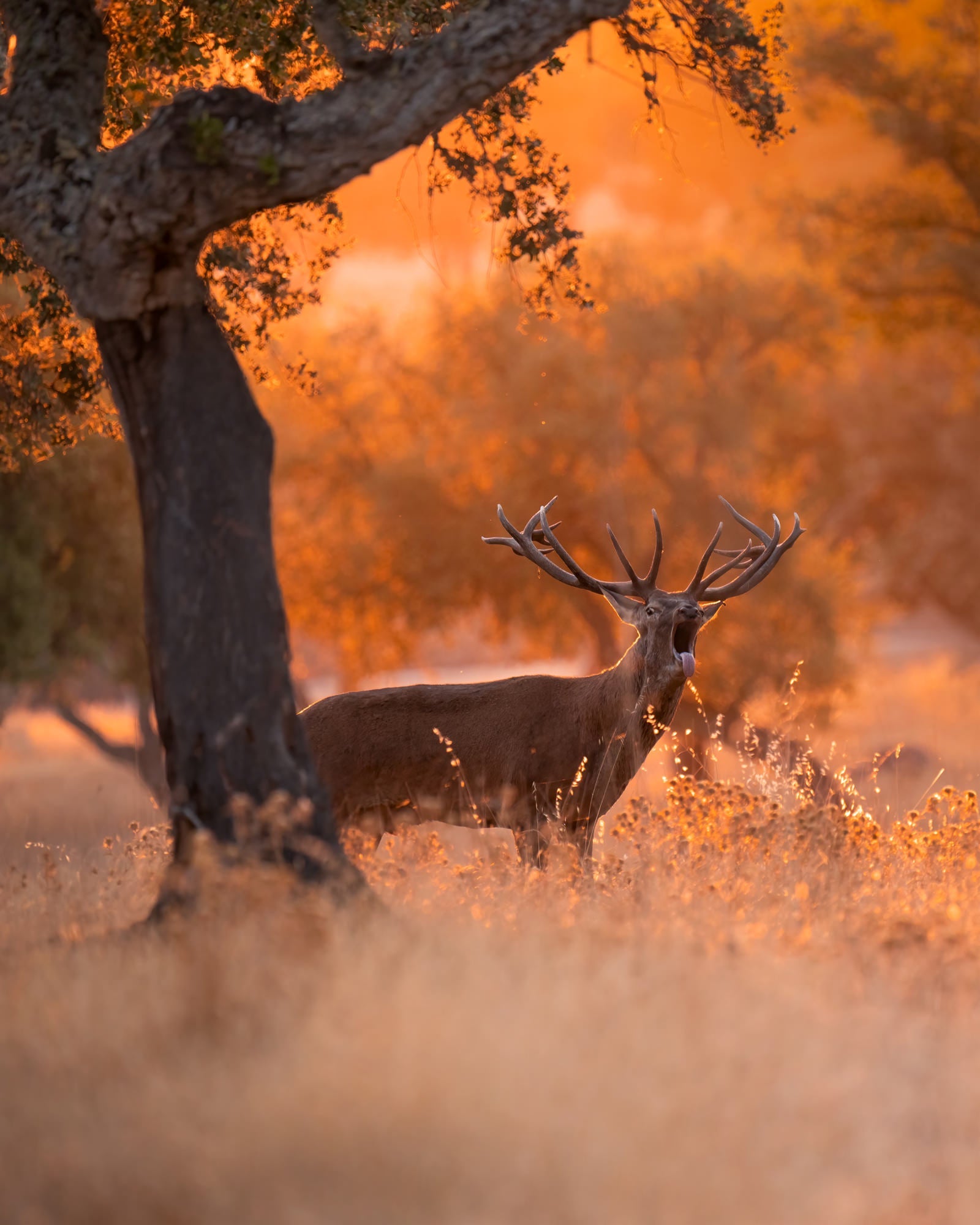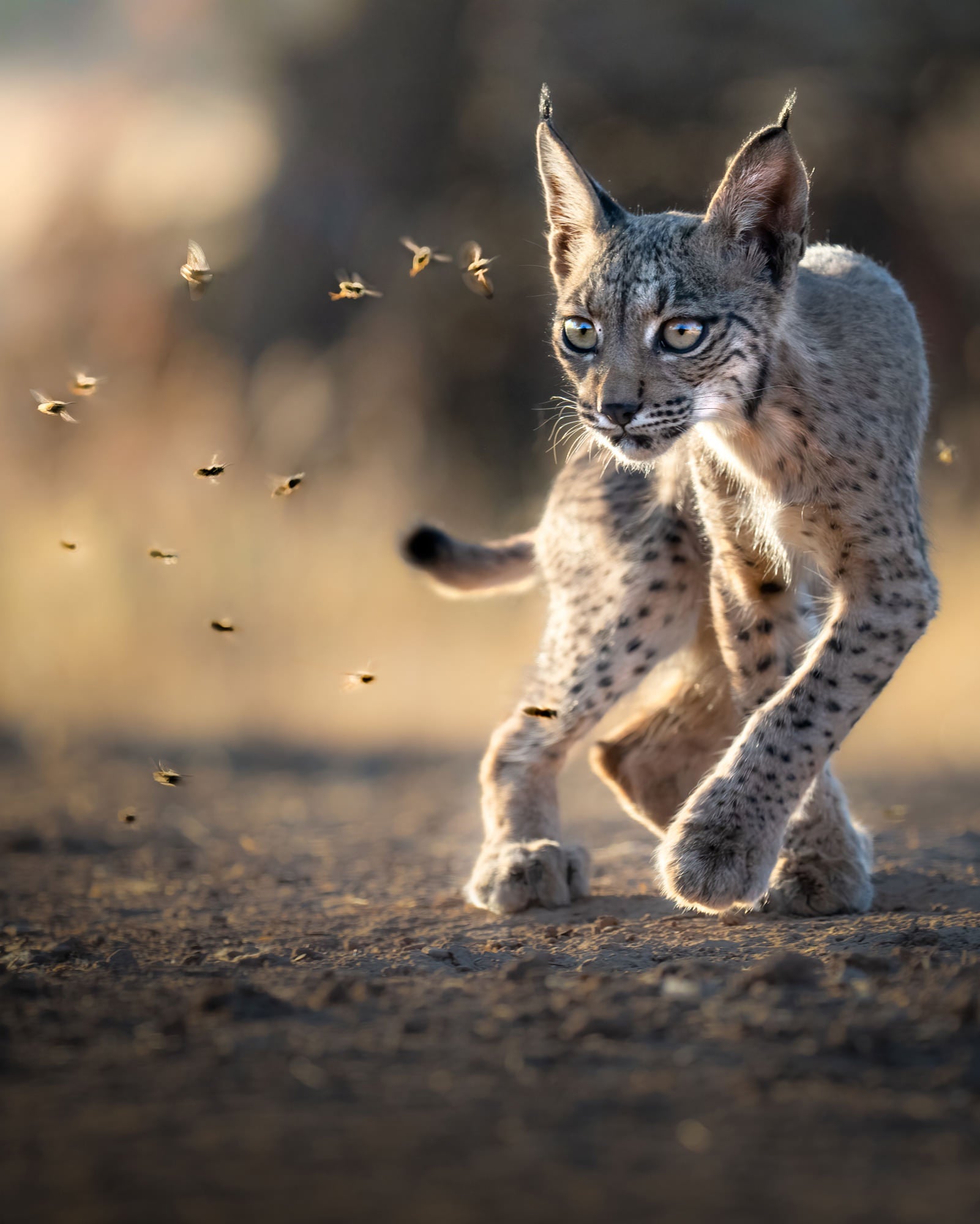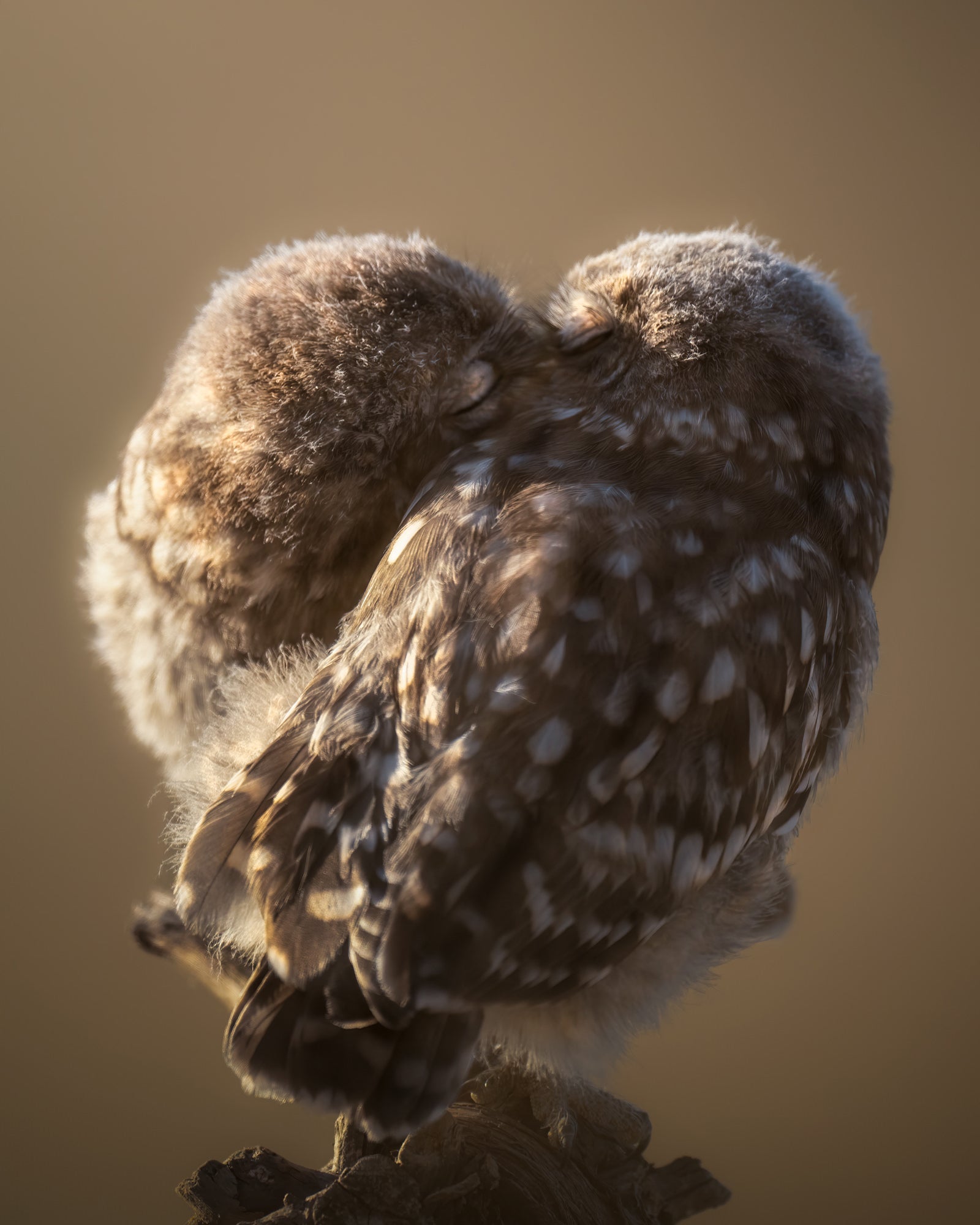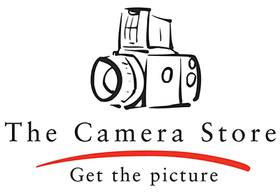Alexandra Surkova (@alexandrovich_yo) is a wildlife photographer and videographer who shares her stunning wildlife imagery on Instagram and her YouTube Channel. She also leads wildlife tours, helping others create epic imagery as well. “Everything started with the pandemic, when people vanished from the streets, but animals appeared,” she explains. “I live in the middle of nowhere, in the fields of the province of Guadalajara, Spain. Thanks to lockdown, without any ability to travel, but with a strong desire to photograph, I began to discover the world of wild animals – to study their habits, their hunting grounds, mating and watering places. Right at that time, a friend sent me a Sony 200-600mm f.5.6-6.3 G as a present, saying that he saw great potential in my photos. Oh boy, from that day my new life as a wildlife photographer began.” We connected with Surkova to learn more about the gear and accessories she carries to capture the decisive moment in her stunning wildlife images.
Cameras
Sony Alpha 1: When I tried this camera, the first thing I thought was: “I could live without food, but without this camera there is no way.” I remember that day when I received it, I opened the window to try it out. A tiny gray sparrow was sitting on a branch of a gray tree 50 meters away from me and wasn’t even looking in my direction. But the camera instantly caught the eye! From that day on, I would never use any other camera. It’s absolutely perfect; light, comfortable, 30 FPS, great auto focus, the 51-megapixel sensor… what else can you dream of?!

Sony Alpha 7R IV: This is now the backup camera to my Alpha 1, and I still shoot with it quite often. Despite being a camera designed for the studio, it can be used perfectly for wildlife with spectacular results, especially when the scene doesn’t require excessive speed. When the animal is quiet, it’s equal to or even better than the Alpha 1 since the 61-megapixel sensor allows me sometimes to make an insane crop.

Sony Alpha 7S III: My husband and I both use this camera mostly for video. It’s a real beast! The image quality is outstanding, the tap focus allows you to follow any type of animal in any background and light conditions. Its performance in low light conditions, just when lots of animals have its maximum action, is incredible thanks to its dual ISO at 12800. Not to mention its spectacular 4K at 120 fps to make slow motion with a quality unthinkable until recently. The ability to externally record ProRes RAW or 422 HQ is the icing on this cake.
Lenses
Sony 200-600mm f.5.6-6.3 G: That is a must-have for any wildlife photographer. Versatile, relatively light, with internal zoom and a quality that is very close to that of fixed lenses… What more could you ask for?
Just imagine: you have been sitting in one position for several hours, hoping to see the most endangered feline in the world, the Iberian Lynx. Not only are you trying not to move, but also not to breathe so as not to frighten away an animal. And here it is, in front of you, and you may have even less than a minute to grasp that chance and take that very shot. But what if the animal does smell you and goes straight in your direction? You won’t have any time to change lenses. With 200-600mm you have it all: no matter where an animal poses, far away from you or pretty close, you are likely to have a super shot worthy to be mentioned in National Geographic. Most of my photos were taken with this lens.

Sony 600mm f/4 G Master: The Holy Grail of my lenses. In case of emergency, will I sell this lens or one of my kidneys? It is not so clear to me yet.
The bokeh of this lens is something from another world. It gives an incredible sense of depth and three-dimensionality. You look at the photo and it seems to you that the bird will fly out of the frame, you can hear a deer yelling, an owlet snapping its beak open when the mother returns with a mouth full of worms. Razor sharp, near-instant focus, and unbelievable image quality.

Sony 100-400mm f/4.5-5.6 G Master: My go-to lens for video. Sharp, fast focus, versatile, especially with mammals and with a very high image quality.
Accessories
MacBook Pro: A faithful travel companion for quick edits and storage. I have Capture One, Photoshop, and DaVinci Resolve installed for fast job deliveries.
Tripod Small Rig: Perfect for video. It’s light and has a very fluid head for fast shots and erratic movements of birds.
Cage Small Rig: Ideal to protect the camera and allows various accessories to be mounted.
Atomos Ninja V: The best friend of my Sony Alpha 7S III. It allows me to record in 4K up to 60fps in ProRes. The format I use is 422 HQ since Raw would imply excessive storage space. I like it a lot, even as a monitor.
Sony CFA cards: The speed monster. Essential for 30fps, with a high storage capacity.
ProGrade SDXc V90 cards: A cheaper and slower solution compared to the Sony but that I use mainly for video, it allows me to record in almost all formats with a more than acceptable speed.
Charger Cube2: The most efficient double charger that I have found and I use it together with the original Sony that only allows me to charge one battery at a time.
Batteries Sony NP Fz100: Lots of them! They are never enough for thousands of hours of filming. Trying to save a few euros on this device is an unnecessary risk.
And last but not least, I never ever miss having my coffee (otherwise, I’ll miss the animal)!
See more of Alexandra Surkova’s work on Instagram @alexandrovich_yo.
Featured in this blog:
To read the original post, click here.









